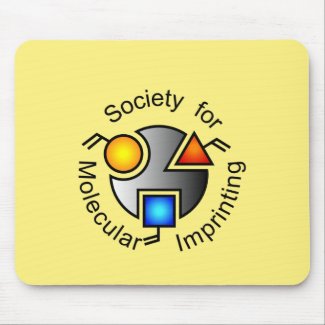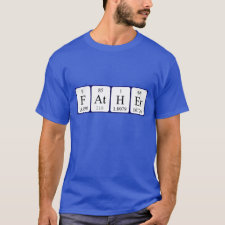
Authors: Tarek M, Elzanfaly ES, Amer SM, Wagdy HA
Article Title: Selective analysis of Nadifloxacin in human plasma samples using a molecularly imprinted polymer-based solid-phase extraction proceeded by UPLC-DAD analysis.
Publication date: 2020
Journal: Microchemical Journal
Volume: 158
Article Number: 105162.
DOI: 10.1016/j.microc.2020.105162
Alternative URL: https://www.sciencedirect.com/science/article/pii/S0026265X2031273X
Abstract: Nadifloxacin is a second-generation fluoroquinolone antibacterial agent developed for the treatment of some dermatological infections. In this work, a molecularly imprinted polymer was synthesized and characterized. The best binding performance was found for the polymer prepared by the non-covalent approach using the ratio of 1:4:20 (Nadifloxacin: methacrylic acid: ethylene glycol dimethacrylate). This molecularly imprinted polymer was used as a sorbent in solid-phase extraction for the selective purification of Nadifloxacin to monitor its traces concentration in human plasma samples to evaluate its systemic absorption after topical application. Then, a quantitative determination using ultra-performance liquid chromatography was performed. The prepared polymer shows selective recognition of Nadifloxacin where the recovery reached 96.00% and 92.00% for Nadifloxacin in the presence of structural related and unrelated analogs, respectively. The UPLC method was validated according to bioanalytical method validation guidelines where the method is linear in range from 0.1 to 100 μg mL-1 with correlation coefficient 0.9998, the lower limit of quantification was 100 ng mL-1. The accuracy, intra-day and inter-day precision of the method ranged from 99.20% to 114.00%, 2.44% to 4.72% and 2.44% to 4.34%, respectively. The method was then applied successfully for the selective extraction of Nadifloxacin traces in real human plasma samples without prior purification
Template and target information: nadifloxacin
Author keywords: molecularly imprinted polymer, Solid-phase extraction, Human plasma samples, Bio-analytical validation, Nadifloxacin



Join the Society for Molecular Imprinting

New items RSS feed
Sign-up for e-mail updates:
Choose between receiving an occasional newsletter or more frequent e-mail alerts.
Click here to go to the sign-up page.
Is your name elemental or peptidic? Enter your name and find out by clicking either of the buttons below!
Other products you may like:
 MIPdatabase
MIPdatabase









